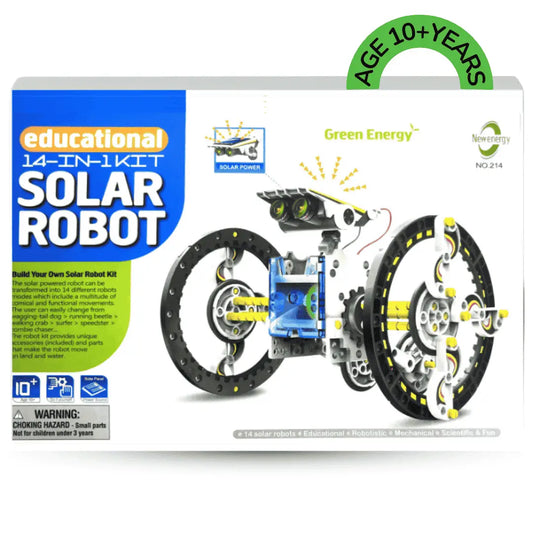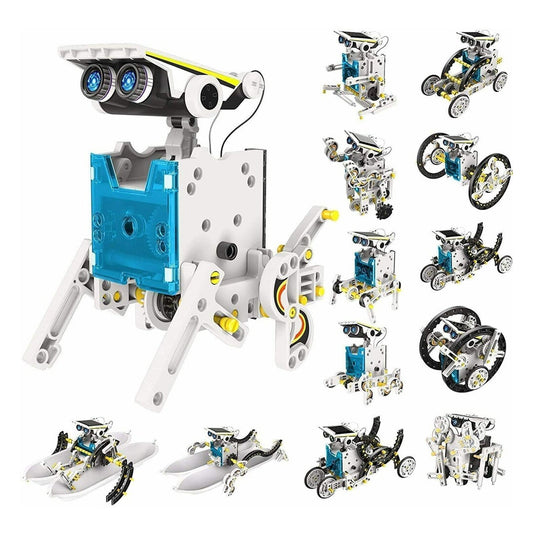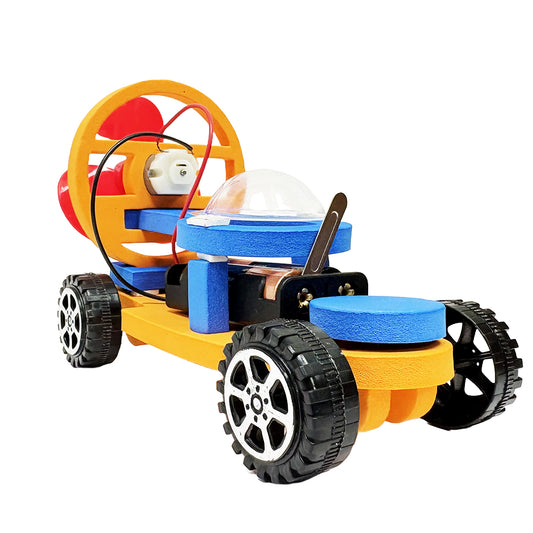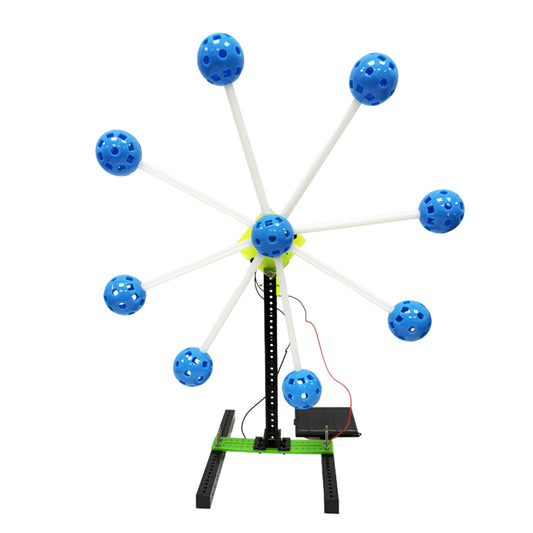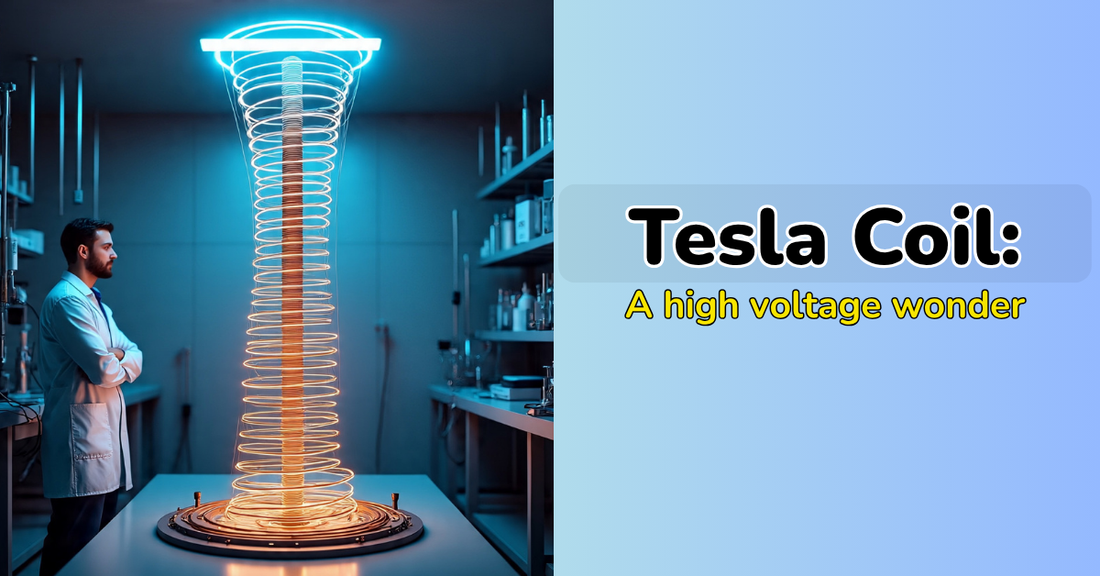
Tesla coil: A high voltage wonder
IEM RoboticsTable of Content
- Who invented the Tesla coil
- Tesla coil explanation for beginners
- Components of a Tesla coil
- Understanding how does a Tesla coil work
- The principle of Tesla coil
- Tesla coil vs Van de Graaff generator
- Applications of the Tesla coil
- Tesla coil electromagnetic field
-
Conclusion
Few inventions in the fields of science and electrical technology have captivated the public and scientists' attention as much as the Tesla coil. The Tesla coil is a high-voltage, high-frequency transformer that generates spectacular electrical discharges and arcs of lightning-like energy. The great inventor Nikola Tesla created it in the late 19th century. The Tesla coil remains one of the most famous and intriguing technologies of all time. Having powered early wireless communication experiments, and now captivating audiences in scientific exhibitions. However, what is a Tesla coil, how does it operate, and why is it still in use more than a century after it was invented? Let's explore this fascinating creation in more detail.
Who invented the Tesla coil
It's essential to understand the theory behind the Tesla coil before exploring the device itself. The Serbian-American inventor, electrical engineer, and futurist Nikola Tesla (1856–1943) is most recognized for his work developing alternating current (AC) power. Tesla was a forward-thinking individual who envisioned a wirelessly connected world through invention, power, and communication. He created everything from wireless transmission devices to AC motors. One of his most well-known creations, the Tesla coil, was essential to his goal of wireless energy transmission.
Tesla coil explanation for beginners
A Tesla coil uses a resonant transformer circuit to generate high-voltage, low-current, and high-frequency alternating current. Simply put, it’s a device that transmits electrical energy through the air, creating powerful electric fields. In contrast to ordinary transformers used in commonplace appliances, Tesla coils are capable of producing millions of volts, producing breathtaking electric arcs that can shoot through the air like artificial lightning. The coil can illuminate neon signs, fluorescent bulbs, and other devices without a direct electrical connection.
Components of a Tesla coil
The Tesla coil includes several components. These components are what enable it to work. Following is the list of the parts:
- Power supply: This supplies the first voltage required to initiate the procedure. Transformers such as microwave oven transformers (MOTs) and neon sign transformers (NSTs) are common providers.
- Primary coil: This coil is connected to a capacitor and the power source via a few twists of copper tubing or thick wire. It helps in creating a magnetic field.
- Primary capacitor: It generates an alternating current by storing electrical energy from the power source and releasing it into the primary coil.
- Spark Gap: An equipment that causes oscillation by allowing electricity to "jump" through the air when the capacitor reaches a specific value.
- The Secondary Coil: A coil that has a lot more wire turns than the primary. Through electromagnetic induction, this coil receives energy from the primary coil and raises the voltage to extremely high levels.
- Top Load (Toroid): A metal object attached to the top of the secondary coil in the shape of a donut. It produces remarkable discharges and aids in controlling the electric field.
Understanding how does a Tesla coil work
Although it may seem complicated, the Tesla coil works through a few simple steps.
The power source charges the capacitor.
The spark gap ignites, producing a magnetic field. This occurs when the capacitor reaches a specific voltage, allowing energy to flow into the primary coil.
The secondary coil then receives the energy via resonant inductive coupling.
The secondary coil's voltage rises sharply, builds up, and then releases through the top load, creating visible electrical arcs.
Since this process happens over a thousand times every second, it produces a steady flow of high-frequency and high-voltage energy.
The principle of Tesla coil
Resonance is the phenomenon that allows a Tesla coil to achieve such high voltages. When both are set to the same resonant frequency, the primary and secondary circuits efficiently transfer energy. Consider it similar to pushing a kid on a swing. The swing increases in height if you move at the ideal time (resonance). This results in steadily growing voltages in a Tesla coil. Here is a breakdown of the process for simpler understanding:
Resonance: Effective energy transfer between the primary and secondary coils is made possible by their design to resonate at the same frequency.
Electromagnetic Induction: Due to the magnetic field created by the current in the primary coil, a fluctuating electrical current in the secondary coil induces a voltage, and vice versa.
Spark Gap and Capacitor: The resonant cycle is initiated by the spark gap, which creates a pathway for the discharge of electrical energy stored in the capacitor when the voltage reaches a threshold.
High Voltage, High Frequency: The high voltage and high frequency alternating current produced by the Tesla coil can be utilized to create visually striking electrical discharges and even wireless power transmission, although this is an inefficient process.
Tesla coil vs Van de Graaff generator
Both of these devices generate high voltage; however, the way they produce it and the principles behind it differ.
Tesla coil:
Function: Produces power with a high frequency and alternating current (AC).
How it operates: It's a resonant transformer circuit that creates visible electrical arcs by amplifying electrical energy through resonance.
Essential elements: include a spark gap, a capacitor, a primary coil, and a secondary coil.
Voltage: Capable of generating voltages higher than one million volts.
Current: Generates a comparatively small current.
Applications include wireless energy transmission, research, and the production of eye-catching electrical displays.
Danger: Tesla coils can be hazardous, particularly when used with larger models or if not handled carefully. Even the high-frequency nature of the energy may occasionally cause it to pass around the body rather than through it.
Graaff generator
Function: Produces direct current (DC) power with a high voltage and low current.
How it operates: builds up a significant static charge by transferring electric charge to a hollow metal sphere via a moving belt.
Essential parts: consist of a hollow metal sphere, rollers, a comb or brush, and a rubber belt.
Power: Capable of generating voltages up to millions of volts.
Current: Generates minimal current.
Applications include accelerating particles, producing high-voltage DC power, and illustrating static electricity.
Danger: Although large discharges can still be felt and may result in minor burns, they are generally considered safer than Tesla coils.
Applications of the Tesla coil
Although Nikola Tesla initially built it for wireless power transmission, the Tesla coil soon found various other applications. Here's a list of them:
Early radio transmission: Early wireless communication efforts relied heavily on Tesla coils. Tesla's technique established the foundation for contemporary broadcasting before radio towers became popular.
Lighting: Neon and fluorescent lights can be wirelessly illuminated using Tesla coils. Tesla demonstrated this capability in the 1890s, long before this type of lighting became widely used.
Historical medicinal devices: Tesla coils were used in diathermy and other experimental medical procedures in the early 20th century, but these applications were ultimately abandoned due to safety concerns.
Entertainment: Nowadays, Tesla coils are used in live performances, and "musical Tesla coils" are employed in performance art to create music by adjusting the discharge timing.
Scientific demonstrations: Tesla coils are frequently used in educational displays to illustrate electromagnetism and resonance concepts due to their striking visual effects.
Tesla coil electromagnetic field
Using a primary and secondary coil, a Tesla coil uses resonance and electromagnetic induction to create a strong electromagnetic field. A high-voltage power source powers the primary coil, which generates a fluctuating magnetic field that induces electricity to flow through the secondary coil. As the generated current oscillates at a resonant frequency, the secondary coil builds up high voltage and releases electromagnetic radiation. The design of the coil, the applied voltage, and the oscillation frequency are among the variables that affect the strength of the electromagnetic field.
Conclusion:
One of the most remarkable inventions in the history of electrical engineering is the Tesla coil. Even though Nikola Tesla created it more than a century ago, scientists, enthusiasts, and students worldwide remain fascinated by the Tesla coil. Although its real-world uses have changed, the fundamental ideas behind it continue to shape contemporary technology, such as radio communication and wireless power transmission. It has also established a reputation in the fields of education and entertainment.
It serves as both a visual aid that brings physics to life and a teaching tool. Tesla's vision of power distribution without wires is more significant than ever in a world where wireless technology and alternative energy sources are becoming increasingly prevalent. Like Nikola Tesla did in his day, the Tesla coil, which was once an ambitious experiment, continues to encourage future generations to think creatively, explore without fear, and seek the unknown.

